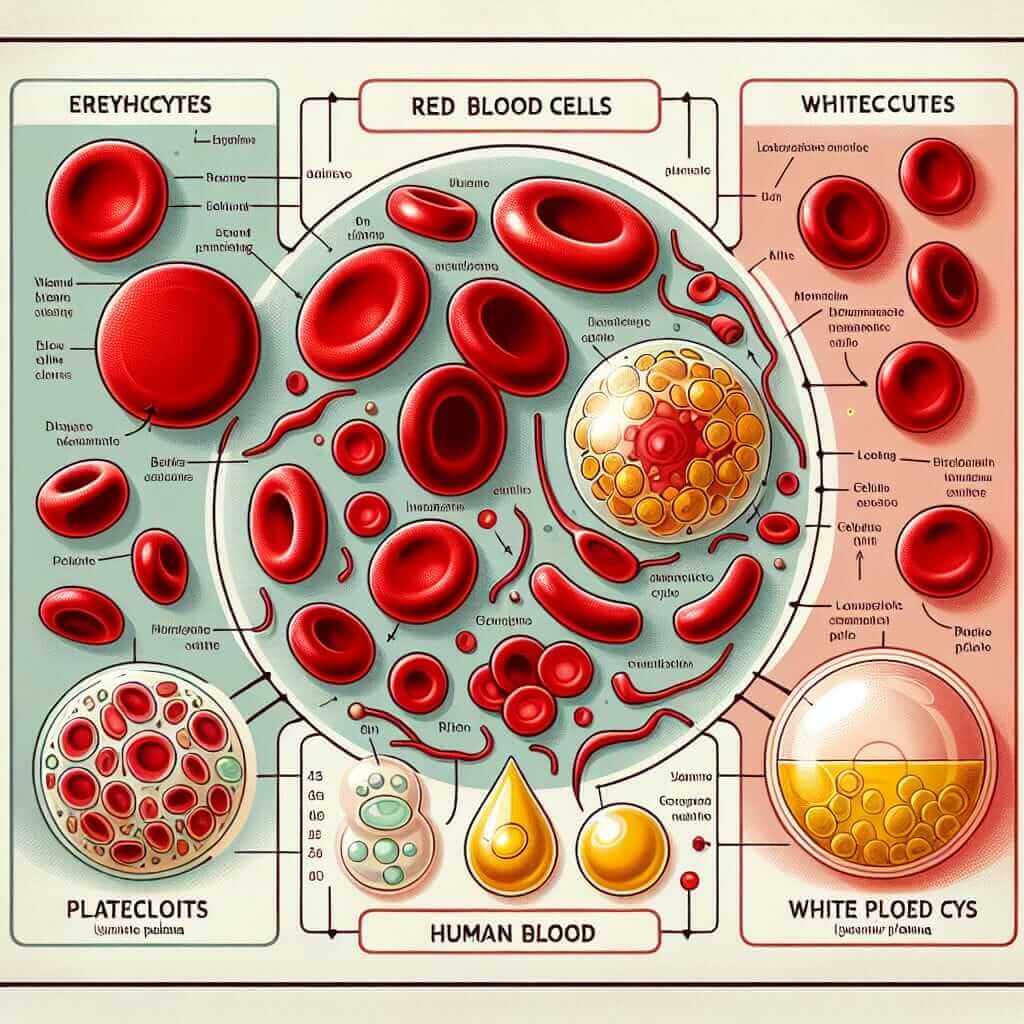As an IELTS instructor with over two decades of experience, I often encounter students perplexed by the “What’s in Blood” IELTS reading passage. This isn’t unusual. IELTS reading passages can be intricate, demanding careful analysis and comprehension. This article aims to demystify the intricacies of tackling such passages, equipping you with the skills and strategies needed to achieve a high band score.
The Importance of Scientific Passages in IELTS Reading
The IELTS reading test assesses your ability to understand complex texts, and scientific passages, like the one focusing on blood, are frequently included. These passages test your grasp of scientific vocabulary, ability to identify key information, and capacity to understand complex processes.
Deconstructing “What’s in Blood”
A passage titled “What’s in Blood” might appear daunting, but like any other IELTS reading passage, it can be navigated effectively with the right approach:
1. Identifying Key Information
Begin by skimming the passage for headings, subheadings, and keywords related to blood composition and function. Look for terms like:
- Red blood cells
- White blood cells
- Platelets
- Plasma
- Hemoglobin
- Oxygen transport
- Immune system
2. Understanding Scientific Vocabulary
Scientific passages often utilize specialized vocabulary. Don’t panic if you encounter unfamiliar terms. Utilize context clues within the passage to infer their meaning. For instance, if the text mentions “hemoglobin” carrying “oxygen” to the body’s cells, you can deduce that hemoglobin plays a role in oxygen transportation.
3. Analyzing Visual Aids
IELTS reading passages often incorporate visual aids like diagrams, charts, or tables. Pay close attention to these, as they often present crucial information in a concise and easy-to-understand format. For a passage on blood, expect visuals depicting blood cell types or illustrating blood circulation.

4. Mastering Question Types
Familiarize yourself with common IELTS reading question types, such as:
- Multiple Choice: Choose the correct answer from a list of options.
- True/False/Not Given: Determine if statements are true, false, or not mentioned in the passage.
- Matching Features: Match information from the passage to specific categories or statements.
- Sentence Completion: Complete sentences with information from the passage.
5. Practice and Review
Practice makes perfect! Engage with numerous IELTS reading passages, particularly those related to science. Analyze your mistakes, identify areas for improvement, and refine your reading comprehension strategies.
Example Question
Here’s an example question you might encounter:
Question: What is the primary function of platelets in the blood?
Answer: You would refer back to the passage, locate the section discussing platelets, and identify the sentence that explains their role in blood clotting.
Tips for Success
- Develop a Strong Vocabulary: Regularly expand your scientific vocabulary.
- Read Scientific Articles: Familiarize yourself with the structure and style of scientific writing.
- Practice Time Management: Allocate your time effectively during the exam.
- Stay Calm and Focused: Approach the passage with a clear and composed mind.
Conclusion
Tackling a “What’s in Blood” IELTS reading passage requires a strategic approach, a good grasp of scientific vocabulary, and careful attention to detail. By following the strategies outlined in this guide and practicing regularly, you can confidently approach this challenging aspect of the IELTS reading test and improve your chances of achieving your desired band score.